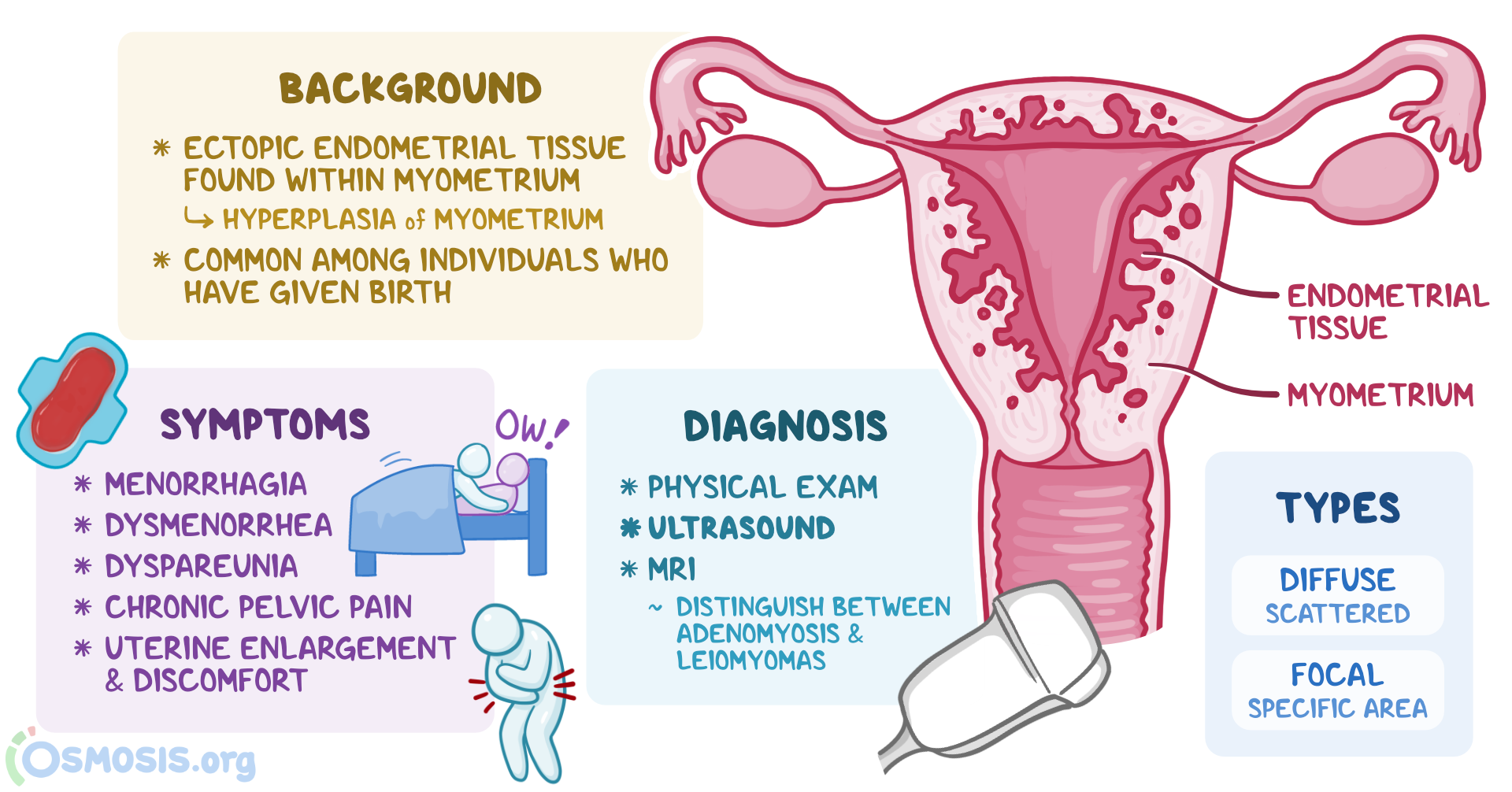– Metastatic ovarian cancer is cancer that has spread from the ovaries or fallopian tubes to other parts of the body.
– It is classified as Stage IV cancer.
– Ovarian cancer typically spreads from the pelvis to the abdomen, peritoneal cavity, lymph nodes, and liver.
– Patients diagnosed with Stage I and Stage II ovarian cancer have survival rates of 90% and 70%, respectively.
– Patients diagnosed with Stage III ovarian cancer have a 5-year survival rate of 39%.
– Ovarian cancer can continue to spread to the lungs, fluid in the lungs, or tissue inside the liver if not successfully treated.
– At Stage IV, the disease becomes more difficult to treat, and the 5-year survival rate drops to approximately 17%.
– Ovarian cancer tumors that begin in the fallopian tubes take an average of 6.5 years to spread to the ovaries.
– Tumors can spread more quickly to nearby areas and eventually reach the spleen, intestines, brain, skin, and lymph nodes.
– Metastatic carcinoma of the ovary, particularly low-grade cases, is often resistant to therapies and challenging to treat.
– Achieving remission from metastatic ovarian cancer is difficult but not impossible.
– The course of treatment for metastatic ovarian cancer depends on various factors such as the type of ovarian cancer, patient’s age and overall health, presence of genetic mutations, and past response to treatment.
– Support for metastatic cancer patients is available through the OCRA (Ovarian Cancer Research Alliance) which offers resources such as a patient support team, online support groups, and peer-to-peer support programs.
– Early symptoms of ovarian cancer may include bloating, abdominal discomfort, trouble eating, and urinary urgency.
– Symptoms are more likely to occur when the cancer reaches an advanced stage and spreads to other areas of the body.
– Additional symptoms at this stage may include fatigue, constipation, vomiting and nausea, upset stomach, back pain, and abdominal swelling with weight loss.
– The five-year survival rate for metastatic ovarian cancer is approximately 18%.
– Treatment for metastatic ovarian cancer typically involves a combination of surgery and chemotherapy.
– Each patient’s case is unique and should be reviewed individually to determine the best treatment option.
Continue Reading







